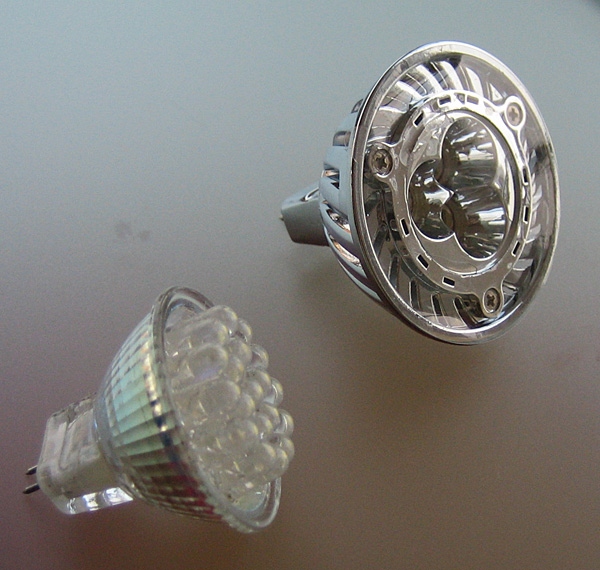 This past Sunday, August 9th, 24 Community members traveled door to door in the Riverside neighborhood of Cambridge distributing free energy efficient compact fluorescent light (CFL) bulbs and efficiency resources to hundreds of homes. These volunteers exchanged a total of Four hundred and forty-two CFL bulbs over the course of four hours, the equivalent of saving 132,000 pounds of carbon dioxide emissions from being emitted into the atmosphere per year. A great Success!
This past Sunday, August 9th, 24 Community members traveled door to door in the Riverside neighborhood of Cambridge distributing free energy efficient compact fluorescent light (CFL) bulbs and efficiency resources to hundreds of homes. These volunteers exchanged a total of Four hundred and forty-two CFL bulbs over the course of four hours, the equivalent of saving 132,000 pounds of carbon dioxide emissions from being emitted into the atmosphere per year. A great Success!
This community event, organized by the Cambridge Energy Alliance (CEA) and the Home Energy Efficiency Team (HEET) , was held in order to help residents lower their home energy consumption and cut carbon emissions in Cambridge. The HEET organization regularly participates in community barn raising events to help Cambridge residents lower their carbon footprint by implementing efficiency measures in homes with support from volunteers and this Riverside light bulb exchange is a continuation of CEA’s summer canvass program, connecting Cambridge residents to efficiency programs and services. The benefits of this light bulb exchange will stretch further than helping to save the earth- it will help residents save money on their energy bills as well! If a resident were to exchange 20 light bulbs in their home it would save approximately $1,200 dollars over the life span of the bulbs.
The event would not have been possible without the generous donation of the CFL bulbs by TCP, Inc. Metro Pedal Power , a local company that provides delivery services using human powered vehicles, provided for the carbon-free delivery for the CFLs to the Cambridge Community Center, making the light bulb exchange a completely carbon free event! And of course, the event’s success is owed to all of the Cambridge volunteers as well, who donated their time on an extremely hot Sunday to help their neighbors. Volunteers ranged all different ages and canvassing experience levels, and after the canvass, a community party was held at the Cambridge Community Center where they celebrated their outreach efforts together. Among the volunteers were Leland Cheung , and Minka vanBeuzekom , both of whom will be running for Cambridge City Council this coming Fall.

